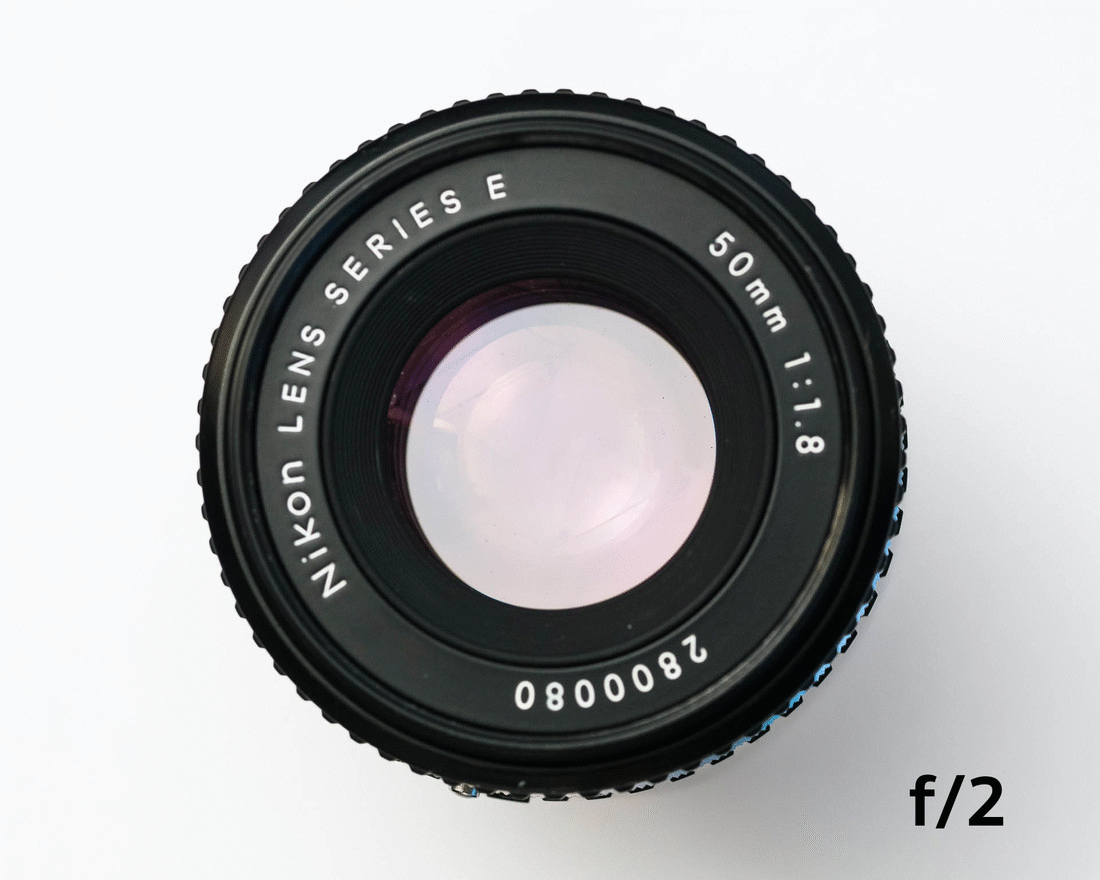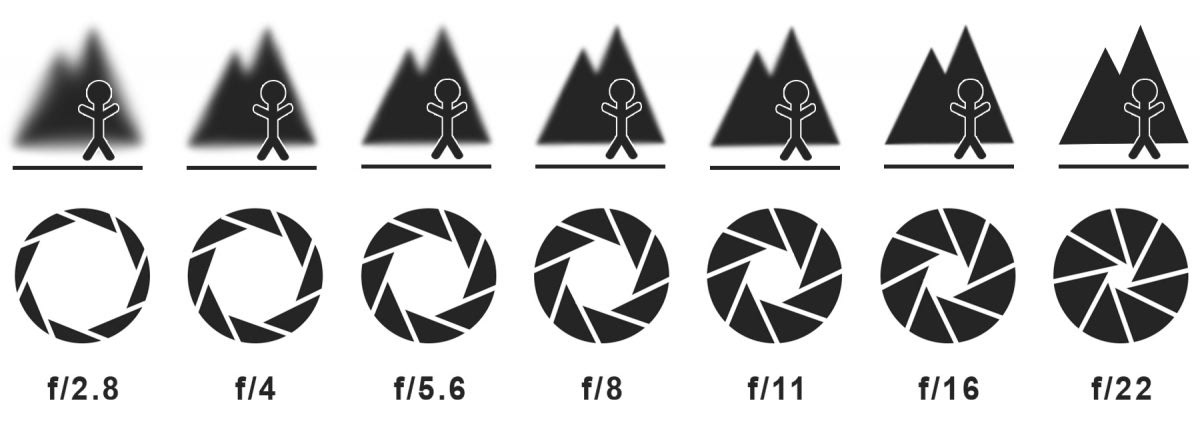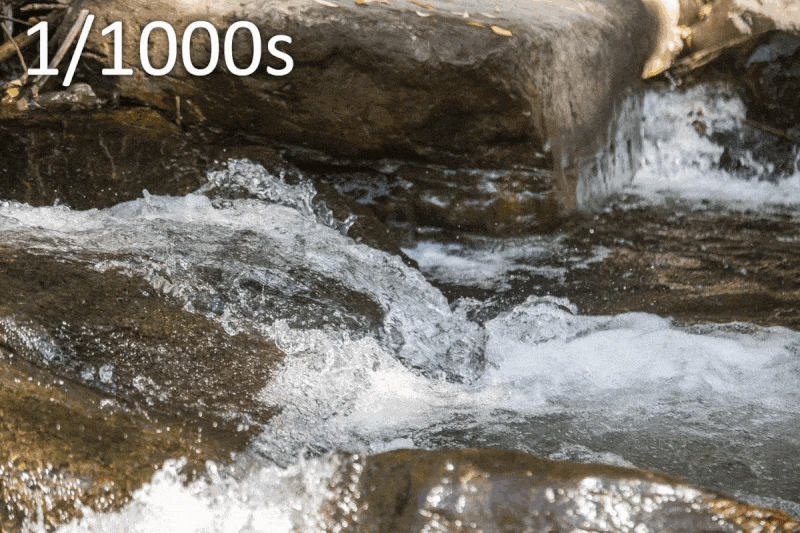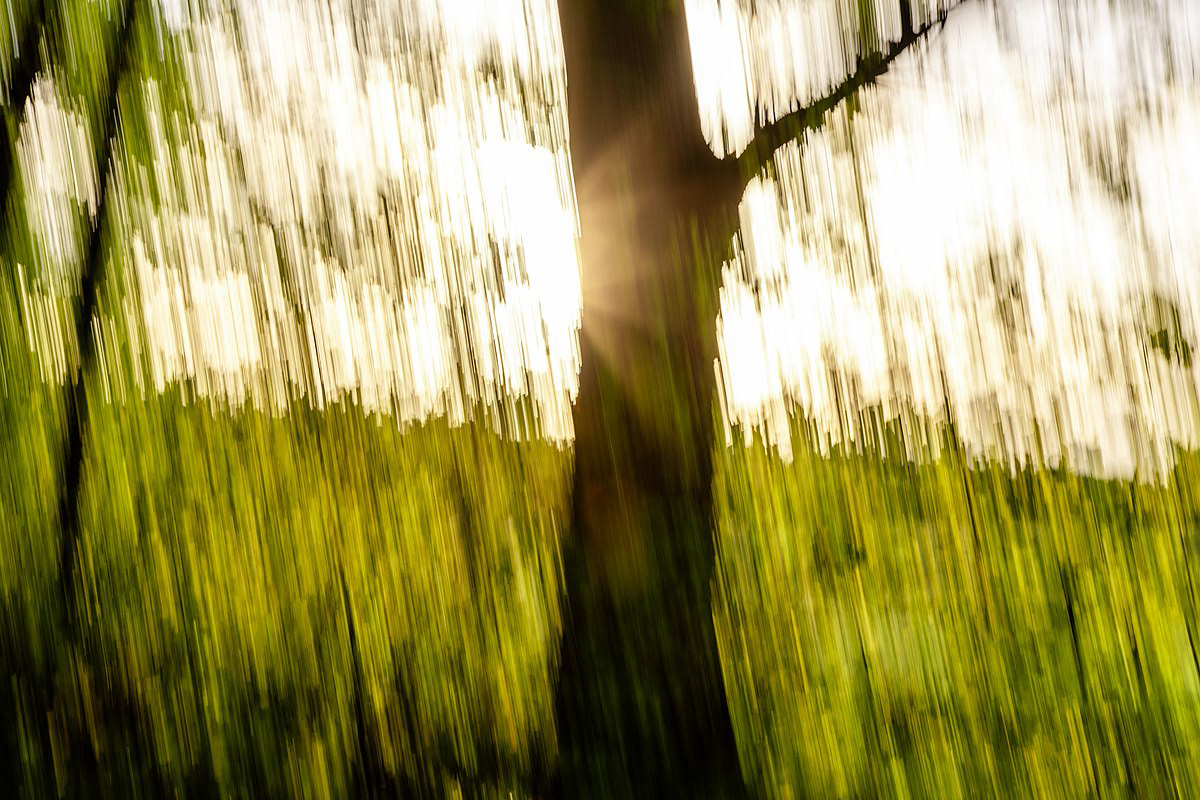Have you ever wondered how to take better photos? Why your photos are shaky? Knowing the 3 fundamental aspects of how a photo is taken will greatly help you. Stay with me, I'll keep it as short and simple as I can.
Est Read Time: 4 mins
Aperture
The lens contains an aperture, made up of several blades that overlap to create a circular opening. The size of the circular opening controls the "depth of field" of a photograph, commonly referred to as background blur. The aperture's size is calculated using the "f-number". The details on how it is calculated is mathematical, for simplicity I will skip this. Click here for more information.
Phone cameras come with a fixed aperture, meaning it cannot be manually adjusted. To address this limitation, manufacturers like Apple and Google have focused on refining software-based background blur solutions.



Shutter Speed
In a DSLR camera, when light passes through the lens, it reflects off a mirror, directing it up to the optical viewfinder. When you press the shutter button to take a picture, this mirror flips up, and simultaneously, the shutter opens, allowing light to reach the camera sensor or film. The duration the shutter remains open determines the exposure and creates the photograph. So, the longer the shutter is open, the more light is captured, affecting the overall exposure of the image.
See this in action:
(video of a camera taking a photo (with the lens off) in slow motion)
Shutter speed is an important aspect of photography, but it also can introduce the most common problem people have with their photos, camera shake. In low-light situations, such as parties or at night, a longer shutter speed is necessary to allow more light in. However, extending the exposure time comes with the risk of introducing motion blur, especially when capturing moving subjects. To counteract this, you have options like turning on a light, using flash, or adjusting the ISO setting, which we will come onto next.


ISO
ISO, which stands for the International Organisation for Standardisation, plays a crucial role in photography. It represents the camera's sensitivity to light. The ISO setting determines how quickly the camera reacts to light, affecting the brightness of your photos. A higher ISO allows for better performance in low-light conditions, making images appear brighter. However, there's a trade-off, increasing the ISO can introduce graininess in the photos. Therefore, finding the right balance between ISO and other exposure settings is essential for achieving well-exposed and visually appealing images across various lighting situations.
Summary
In summary then, there are 3 main aspects that make up a picture, known as the "exposure triangle". In photography, knowing how to balance these 3 things is critical. Too far in one direction can lead to a poor quality photograph and knowing how to exploit these things can also lead to some amazing creativity. This interactive website is a very good way to understand this more. Thank you for reading, any questions I'd love to help out, get in touch below.
Check out more of my portfolio using the button below or get in touch:
None of the photos used on this blog belong to me. Some are in the public domain and some are copyrighted. Photos have been used under UK copyright law for the purposes of educational discussion.
